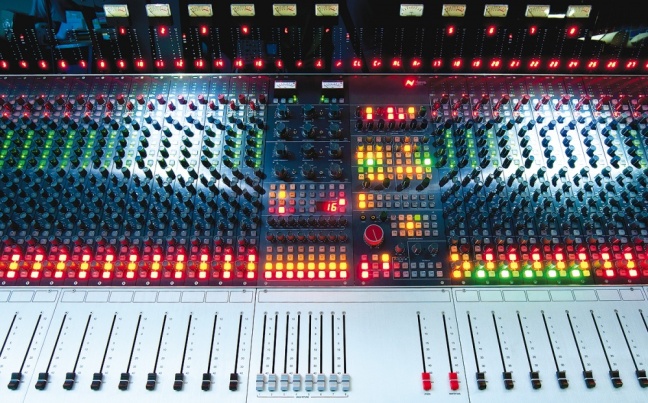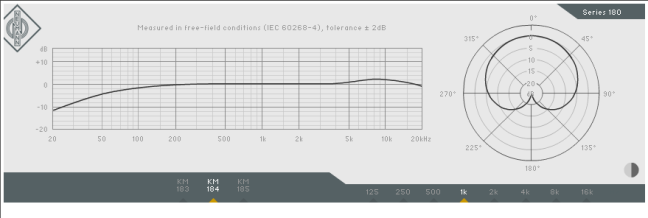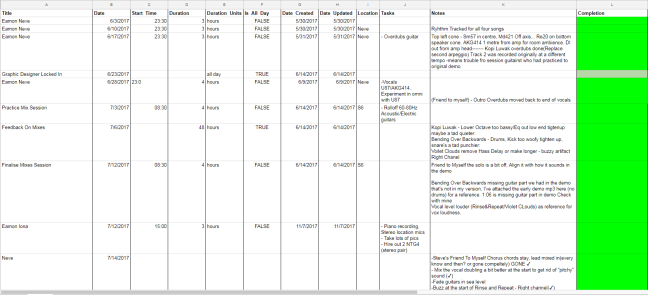With the artistic changes that have come to our project we’ve also had to change our way of thinking for the distribution. Previously we had looked exclusively at gallery and art space to exhibit but like I mentioned in my previous blog we now have the opportunity to release it through multiple avenues. It’s important to track how these methods have changed and what that means for our project in the long run.
From the 2017 Sensis report you can see that topping the ladder for most used platforms are Facebook and Instagram (Figure 1)

This still lines up with our original planning to keep these for our main interactions with our audience. The same report also shows that Facebook is the most used social media platform for ages 18-29 which covers the bulk of our intended target audience (Figure 2).

The biggest change in our distribution platforms comes from the fact that we now have a transferable video that can exist across multiple different platforms. When deciding where to publish Our final visual album we looked mainly at Youtube and Vimeo. Both have different positives and negatives as a service provider and there was a fair bit to consider. The biggest push for us to put our project on Youtube is for the shear reach that it has. Alexa.com, a website activity tracking company, lists Youtube as the second most visited website in the world compared to Vimeo which was ranked 140th globally at the time of writing. It’s clear that Youtube was the top of this category and gives us the biggest opportunity for our project to be found and spread. Another thing to consider was the quality of each streaming service. Because we’re not just making a purely visual piece it was important to think about how the audio will come across during streamed playback. I found a blog that outlined some of the main technical differences between the two services. Vimeo’s audio streaming services were far superior allowing up to 320kbps but Youtube only supports up to 192kbps. This is important to note because audio plays a key role in the production. We decided after all this that both platforms offered us too much to not include the project on. So our current plan for distribution will include both a Youtube host for community reach and popularity, and a Vimeo host, for superior audio quality.
We’re also considering how we can involve the local Brisbane market in our public presentation. There are a few good options for us to consider that sit in and around the social Brisbane City/Fortitude Valley arts hub. The two places that we’ve looked into in the Valley are the New Globe Theatre which offers a modest amount of seating in a theatre format and The Judith Wright Centre of Contemporary Art which has seating plans for up to 300 people. Both of these offer a good location, enough seating for a small screening as well as supplying audio and visual equipment. Our scouted city location is in a building precinct called Metro Arts and it’s a film theatre room called The Lumen Room. This is a smaller more intimate space that seats around 100 people with a cost of hire around $400 for screenings.
As our project evolves there might be more opportunities for distribution but at our current base level I’m happy with the amount of information we’ve been able to source. Hopefully we can lock down our publishing goals as quickly as possible to ensure we have enough time of planning left over for our showcase.













